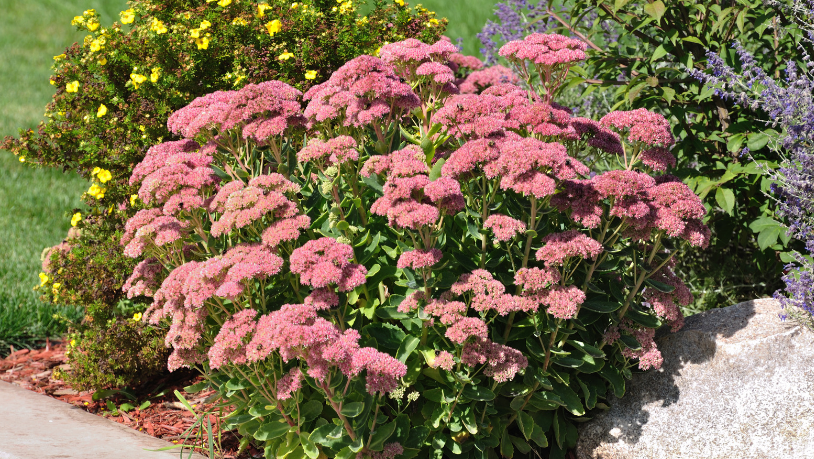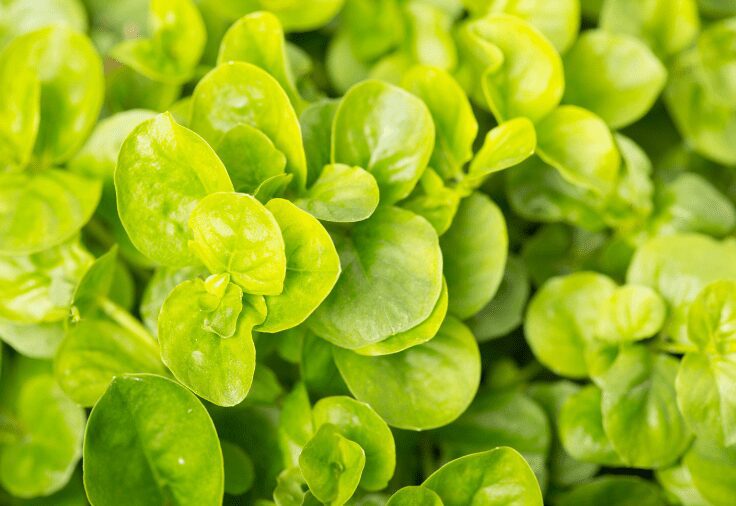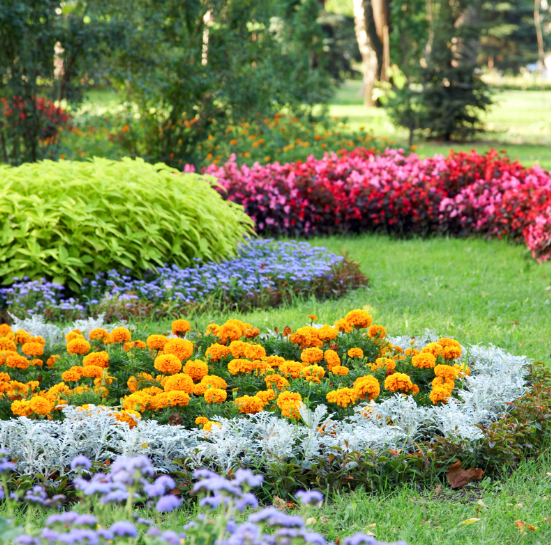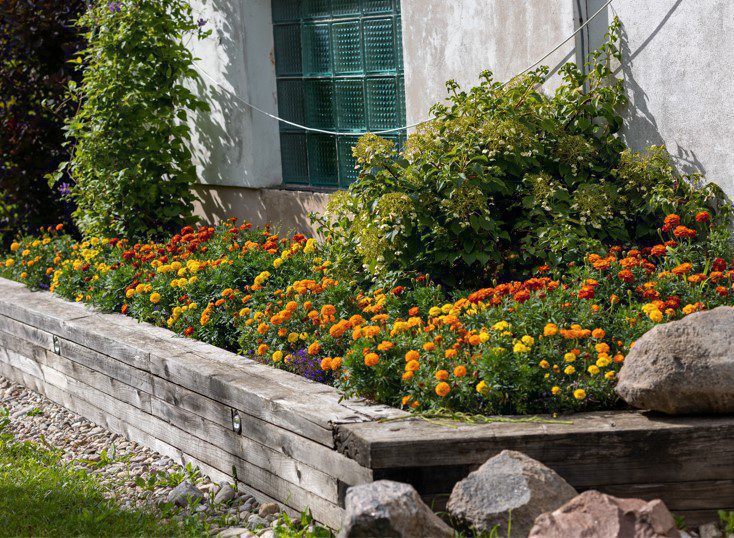Instead of planting borders at once, you can plant flower borders in stages. Plan ahead. Do your research. Ask questions.
The flower border should be large enough to compliment the landscape but small enough that it is easy to maintain.
How to Design Your Flower Border
The length of your flower border will depend on the area being bordered (walkway or property line). Your space will determine the width. Using wide borders, you can layer many flowers with different heights and textures.
The size and shape should be in proportion to the surrounding area. Otherwise, it may look out of place. Borders can be straight and formal depending on your home’s style, curve, and meander to give a natural look.
The borders of flowers placed along the landscape’s edges or in some regions of your home (along walkways and foundations) give the property a cleaner appearance than the sporadic lawn beds.
You can incorporate borders into any landscape to fit any design scheme. What purpose does the flower border serve overall? If you want to prevent an unsightly view, for example, plant tall, bold plants with dense foliage.
This is also a smart way to create privacy. Straight borders can be made less overwhelming by arranging flowers in groups rather than rows.
Straight borders can be softened by adding a curve to the center or one end. Most flower borders are placed along fences or near structures for aesthetic reasons. You can make your borders more attractive by using mulch, decorative edging, or plants to border them.
This may also be a great way to cut down on the work required for mowing and weeding. You will often see double borders along paths and property lines.
Double borders are often straight and formal. These formal borders are often found along walkways and the foundation of homes. These borders are typically made up of carefully pruned shrubs or subtle plantings.
Selecting Plants for Your Flower Border
You can use almost any flower as a border. Long-lasting flowers will keep your garden looking great throughout the year. Planting spring-blooming bulbs in your borders will keep them looking great all year.
These can be complemented with fall plantings such as asters or chrysanthemums, which are beautiful summer-flowering perennials. Foliage plants, ornamental grasses, and seed heads from fall and late summer flowers will keep you interested throughout the winter.
Perennial borders are filled with perennial plants, as the name suggests. They are often not formal but curve slightly and are typically edged by small perennial plants such as candytuft.
Mixed borders can do it all. Mixed borders can be found among shrubs and small trees and are home to various plants. These include bulbs, perennials, annuals, vines, grasses, ground covers, and even vines.
Mixed borders are often wild and free-flowing within the landscape. For added interest, ornamental pieces and birdbaths are often incorporated.
Many herbs have borders surrounded by backdrops like walls, fences, and hedges. These borders are ideal for screens and provide height. For climbing plants, herbs are also a good choice.
Flower Border Design Ideas
Fall Border: Sedum Autumn Joy

Autumn Sedum Joy is a late bloomer that works well in fall arrangements. Planting this long-blooming perennial ensures that the garden will remain colorful from late summer until the first harsh frost.
Among other plants, this garden’s dusty miller variety ‘Silver Dust’ is used to compliment the Sedum Autumn Joy.
When silver foliage is required, dusty miller is frequently chosen. The pattern, which is otherwise dominated by the dusky-pink tones of the Sedum Autumn Joy, is softened by the brilliance of its frosty, white fronds.
Plants for the Inter-Blooming Periods

A certain floral border’s “peak time” does not always exist. The secret is to plan a floral border with an equal focus on foliage and flowers for four-season enjoyment in the landscape. creeping jenny ground cover is perfect for this purpose.
The nice textural variety in this flower border is another feature. For instance, the leaves of the creeping jenny have a fine texture, whereas the hosta plants behind them have much coarser leaves.
The ideal border for a flower garden

This flower garden border goes above and above with a variety of elements to keep the spectator engaged. Along with perennials
The annuals (marigolds) add brightness and inexpensive, long-lasting color to the mix.
The Pachysandra ground cover provides a superb, solid-green backdrop and prevents the border of the flower garden from becoming overly cluttered.
The evergreen bushes, in contrast, offer a unique plant shape (globe-shaped) from the surrounding vegetation.
The concrete expertly compliments the flora, allowing the softscape to barely begin to tell the tale of this flower garden border.
The yard art creates a focal point, while the fence divides the plants into smaller, more manageable chunks.
Finally, take note of the impact of the driveway’s cobblestone pavers arranged in a straight line along the edge. The framing of a showcase area is one use of garden or lawn edging.
All of that is accomplished by the cobblestone. It has a rustic enough aspect to maintain an air of informality like the border of its flower garden.
Ornamental Grass in Flower Borders

The use of ornamental grasses in flower beds is also beneficial.It is best to use tall slender grasses. Tall to intermediate-height ornamental grasses complement other plants in flower beds because they don’t overpower them. Popular choices include maiden grass, zebra grass, and purple fountain grass.


























